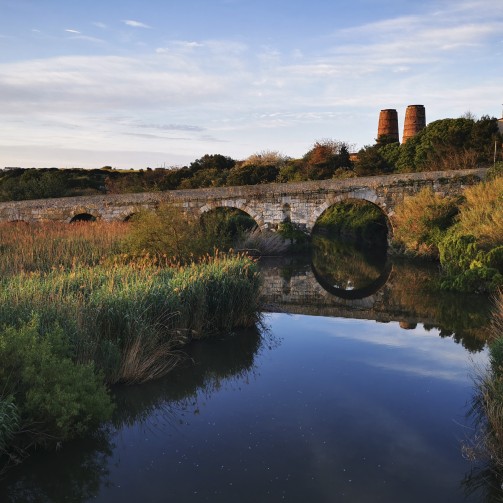The Roman Bridge, a symbol of Turritans’ resilience, was built in the imperial age and “straddles” the Rio Mannu River. It was part of the road network that connected the city with the hinterland and the Nurra mines. It is 135 meters long and is set on seven arches that, adapting to the lay of the land, vary by decreasing the size of the radius towards the east. The original pavement, in the twentieth century, had been covered with asphalt as the bridge remained in use and traffic until the 1960s. Recently, some works pertaining to the regimentation of the waters of the Mannu River were brought to light by the Archaeological Superintendence. Archaeological investigations have revealed that, in keeping with the best construction techniques applied by Roman architects, the road surface of the east side of the bridge was built at a very low elevation so that, in the event of an exceptional flood wave, river waters could bypass the structure without damaging it. Over the next two years, the Bridge will undergo a major restoration and enhancement project that will return it to the community in all its glory. The work also includes the construction of an elevated and lighted pedestrian pathway that can make the bridge walkable without affecting the Roman cobblestones.









